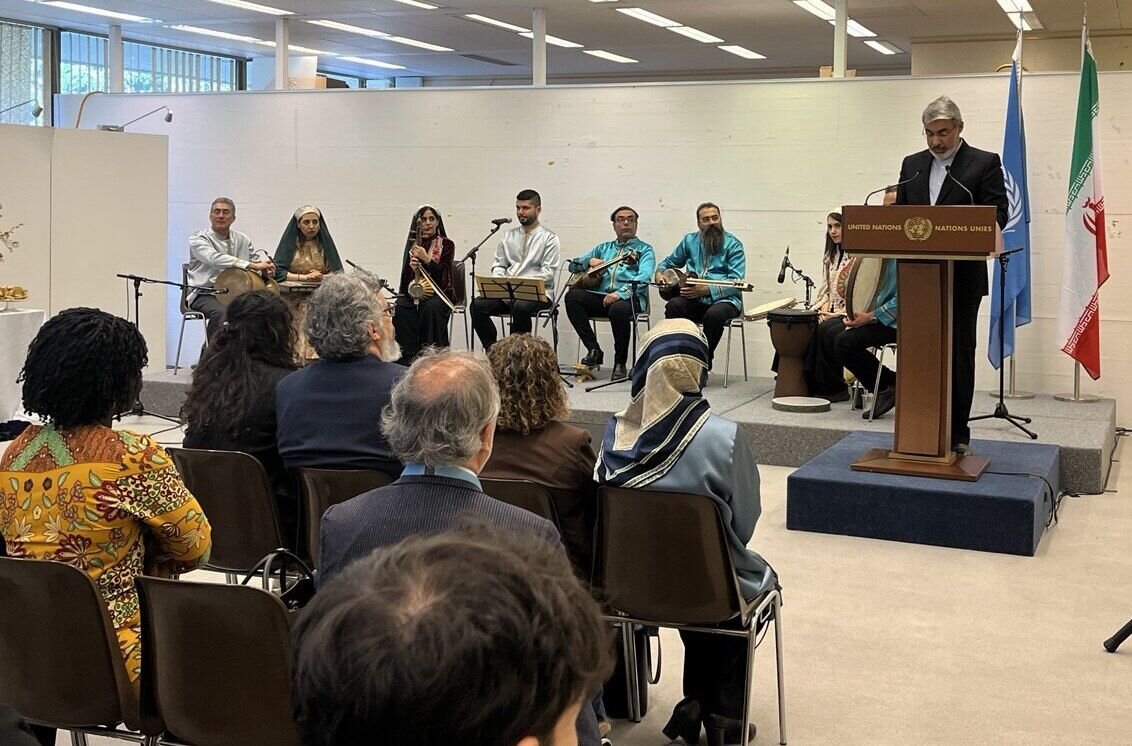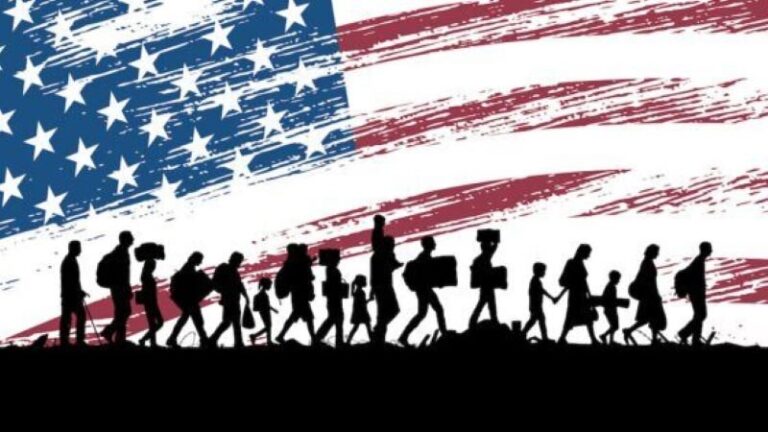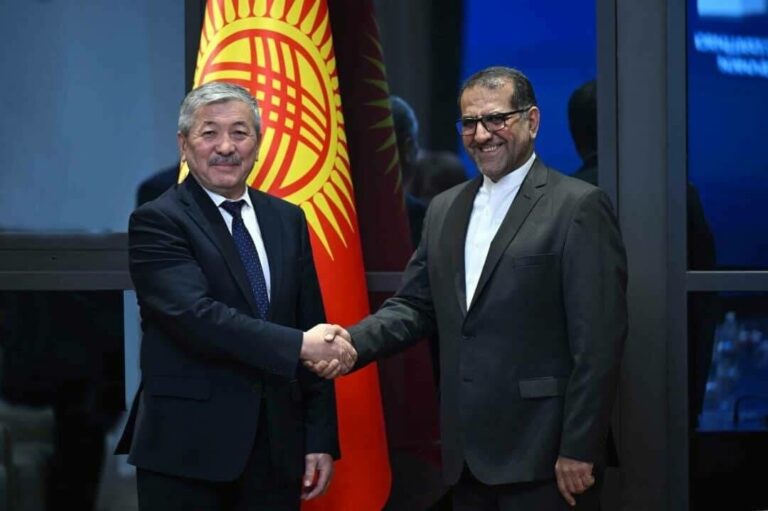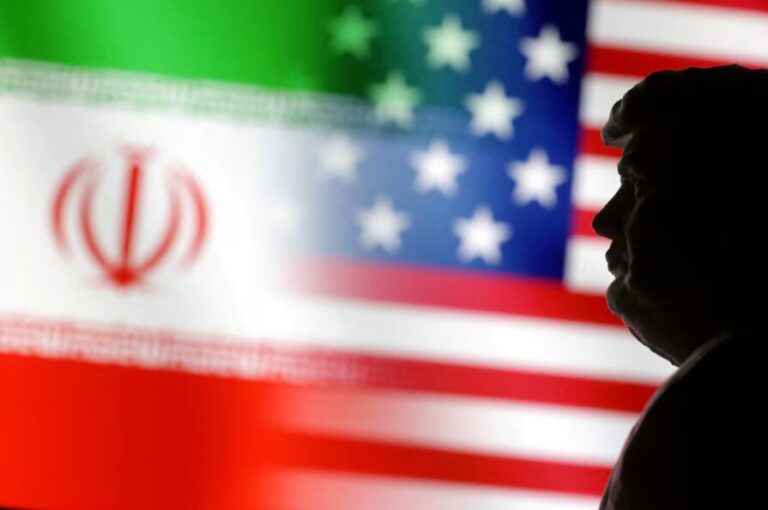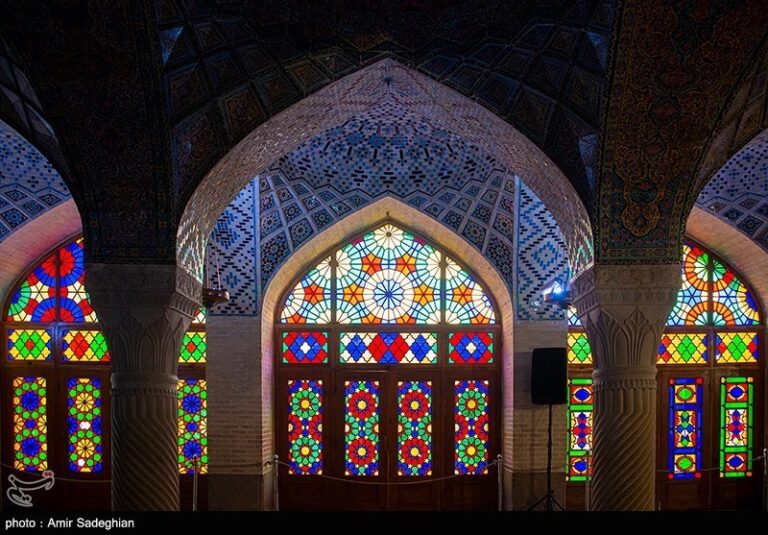Iran Celebrates Nowruz at UN Headquarters in Geneva: A Cultural Showcase of Spring Renewal
On April 4, a vibrant celebration of Nowruz, the Persian New Year, took place at the United Nations Headquarters in Geneva. This special event, organized by the permanent mission of the Islamic Republic of Iran to the United Nations Office, highlighted the significance of Nowruz as a symbol of cultural unity and heritage. Attendees included ambassadors, senior diplomats, representatives from international organizations and NGOs, academics, cultural figures, and members of the Iranian community residing in Geneva.
In his opening remarks, Ambassador Ali Bahreini, Iran’s permanent representative to the UN in Geneva, emphasized the importance of Nowruz as a symbol of enduring cultural solidarity among nations. According to IRNA, he stated, “Today, we gather to celebrate Nowruz and to share its message of peace, friendship, and unity as a reminder of the common bonds that connect nations around the world.”
Ambassador Bahreini further elaborated that Nowruz is globally recognized as a shared cultural heritage by UNESCO. He noted, “It is a legacy brought from the heart of ancient civilizations to the international stage.” This acknowledgment underscores the rich history and traditions intertwined with the celebration of Nowruz.
The event also featured a captivating performance by Soroush-e Molana, an Iranian traditional music ensemble sent to Geneva by Iran’s Islamic Culture and Relations Organization. Their performance showcased classical Persian compositions and regional melodies, highlighting the depth and refinement of Iranian musical heritage. The audience was thoroughly engaged, reflecting the success of Iran’s cultural diplomacy at this international gathering.
Nowruz is celebrated annually on March 21 across many countries along the Silk Roads, marking the start of the New Year, the arrival of spring, and the rebirth of nature. The term Nowruz is derived from Persian, where No means “new” and Rouz means “day,” symbolizing a day of new beginnings. This festival transcends religious and cultural boundaries, allowing diverse communities to come together in celebration.
The return of spring during Nowruz carries significant spiritual meaning, representing the triumph of good over evil and joy over sorrow. Over the years, the celebration of Nowruz has evolved, absorbing various social, religious, and cultural influences. Despite regional variations in customs and traditions, many key elements remain consistent across different cultures.
- Prior to the festival, individuals often engage in ritual dances, such as leaping over fire and streams.
- On the last Wednesday of the year, many households replenish their water supplies as part of the celebrations.
A prevalent tradition during Nowruz is the preparation of a traditional table, known as the Haft-Seen table, which includes items symbolizing purity, brightness, abundance, happiness, and fertility for the New Year. On Nowruz day, families come together to feast, visit relatives and friends, and exchange gifts, reinforcing the bonds of friendship and community.
Nowruz also serves as an occasion for various cultural activities, blending common practices with local customs. These activities often include:
- Poetry recitals
- Musical performances
- Open-air festivities
- Street performances showcasing local talent
Recognizing its cultural significance, UNESCO inscribed Nowruz on its Representative List of the Intangible Cultural Heritage of Humanity in 2009. Additionally, in 2010, the United Nations General Assembly proclaimed March 21 as International Nowruz Day, further solidifying the global importance of this ancient celebration.
As people around the world continue to celebrate Nowruz, it remains a powerful reminder of cultural heritage, unity, and the universal values of peace and friendship. This enduring festival not only marks the change of seasons but also fosters connections among diverse communities, promoting a spirit of togetherness and mutual respect.
